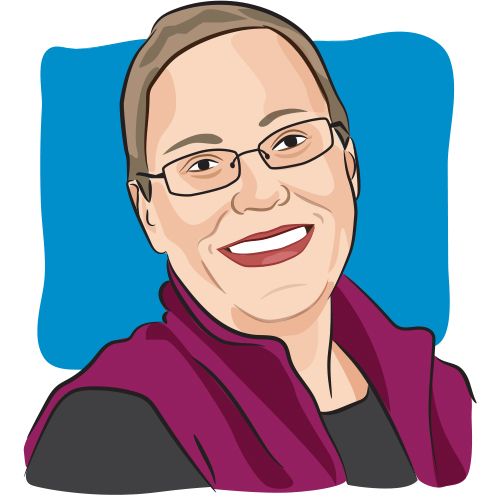Blog
Article
Life With Metastatic Cancer: How Do You Do It?
Author(s):
I’m approaching 10 years with stage 4 breast cancer, and this question tops the “most asked” list.

“How do you do it?” I’ve been asked this question in many ways over my years living with metastatic breast cancer. When I’m feeling anxious or a little “salty,” as my kids would say, I inwardly roll my eyes and bite my tongue.
The short story: I do it the same way we all do things, by waking up and getting to it. Gratefully, I am able to actually answer in a kinder manner that may help the person who is asking, whether she’s a patient, a caregiver, or— as has happened to me — one of my own doctors.
The fact is that people living with metastatic cancer don’t have a choice other than Just. Do. It. If we stop, we aren’t likely to be here much longer and, frankly, even when we do everything in our power, we may not be here as long as we’d imagined.
People who enjoy fables will recognize that I have spent the last nearly 10 years of my life living with the sword of Damocles hanging overhead, coming closer but not quite fatally nicking me. Between blood tests, scans, EKGs, an unending supply of doctor appointments, and, of course, treatment every three weeks, the sword sometimes feels more like a piece of paper attempting to take me down through paper cuts. I am one of the fortunate few whose metastatic cancer has been brought under control by drugs and genetics.
But that sword doesn’t vanish.
My “secrets” are no secret. I do the things that we know are helpful but that can be hard to maintain over time:
- Acknowledging living with cancer and all it entails is a bad hand to draw at any age. Basically, it stinks, but then I move on.
- Accept that I am doing my best and refuse to blame myself for things that are out of my control or for making choices that make me happy as a person, even when my healthcare team might prefer something different.
- Don’t keep it inside for long. Much to the occasional dismay of the people closest to me, I have learned to “feel what I feel” and own it.
- Try to schedule unpleasantness as much as possible. For me, this can mean squeezing in multiple appointments in one day or one week so that the rest of the month can be mostly free of cancer stuff. This might not be your way! Maybe you like to spread it out. The point is to try to make the schedule work for you.
- Schedule pleasantness, too I took a page from one of my sister’s and now I actively look for flights to my family and friends well ahead of time; I talk to my husband about nearby places that might be interesting and make plans to go; I sign up for workshops and classes that interest and challenge me.
- I maintain that I am here and capable even when—and this is key—I am sad, anxious or scared. In keeping with the “I feel what I feel” mantra that keeps me going, I have learned to accept that we feel more than one thing at once. This idea is talked about quite a lot in my circle, often credited to grief counselor, Kelly Grosklags, and is the idea that we need to live in “both/and” spaces rather than “either/or.”It’s why I and others get up in arms when we are told to “be grateful,” as though we can’t feel gratitude alongside sorrow.
- Make friends who lift you up, make you laugh, who like you for who you are, and bring you along on their adventures. To all those who have lived this cancer-life with me in this giving and honest way, I send all my love.
For more news on cancer updates, research and education, don’t forget to subscribe to CURE®’s newsletters here.




